Unveiling the Unique Japanese Dog Breeds: A Dive into the Rich Canine Heritage
The history of Japanese dog breeds dates back to ancient times, where the term “inu” refers to the various breeds of dogs. Throughout history, these dogs have played a crucial role in society, responsible for hunting wild boars and serving as companions to the wealthiest members of the community. According to the Japanese Dog Preservation Society, six native Japanese breeds are considered “Nihon Ken” or Japan’s national dogs: shibu inu, Akita, Kai ken, Kishu, Shikoku, and Hokkaido. The ancient origins of these breeds trace back thousands of years, even to the prehistoric era.
Japanese people take immense pride in their canine companions, honoring them with titles and praise. Their deep-rooted pride and commitment to their national treasure have contributed to the rarity of these breeds being exported.
While most rare breeds can be challenging to find, you can contribute to preserving these endangered lines by seeking out dog breeding clubs online or utilizing the AKC Marketplace for a reliable list of reputable breeders. Pet transportation services can safely bring these dogs from breeders to your home.
Exploring the Distinctive Characteristics
Each of the six native breeds possesses intelligence and a double-layered coat. Spitz breeds have long, thick, fur-covered ears and pointed muzzles. Their tails typically curl over their backs or are tucked downwards. Their dual-layered coats are perfectly suited for colder temperatures, mountainous terrains, and the unique climate fluctuations of this island nation. Among the other five non-working Japanese breeds that were imported, there are those bred for companionship, fighting, or hunting.
1. Shiba Inu: The Feisty Companion
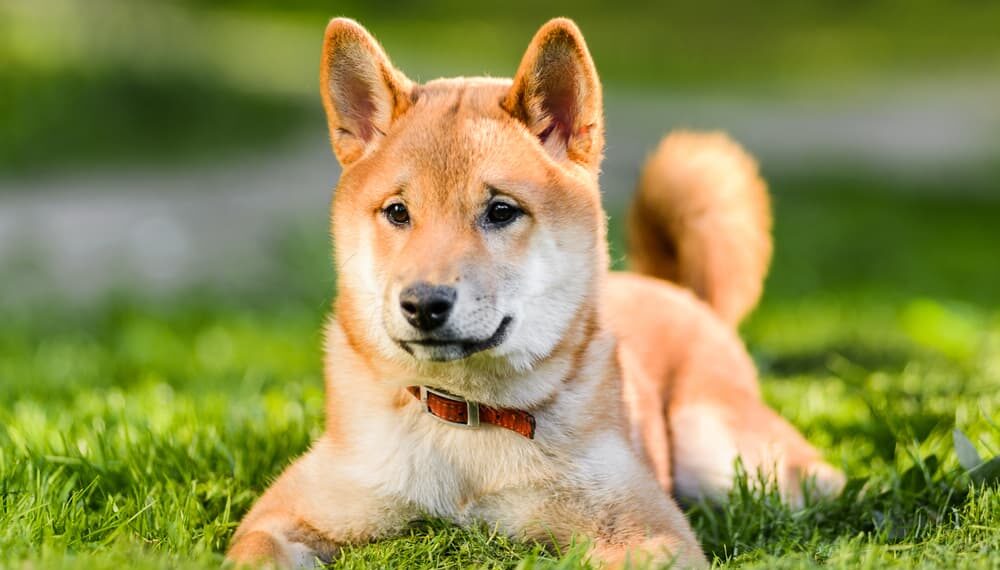
Shiba Inu, which translates to “brushwood” in Japanese, referred to the terrain where these dogs were used to hunt birds and small game. With over 3,000 years of history, this ancient breed is one of the smaller members of the American Kennel Club’s non-sporting group. Occasionally, they join their owners in hunting larger animals such as deer, bears, and wild boars. Shiba Inu is known for its confident demeanor and unique “shiba scream,” an excited sound. These compact, muscular dogs are the most popular companion breed in Japan due to their energetic, attentive, and kind nature.
2. Akita: The Loyal Guardian
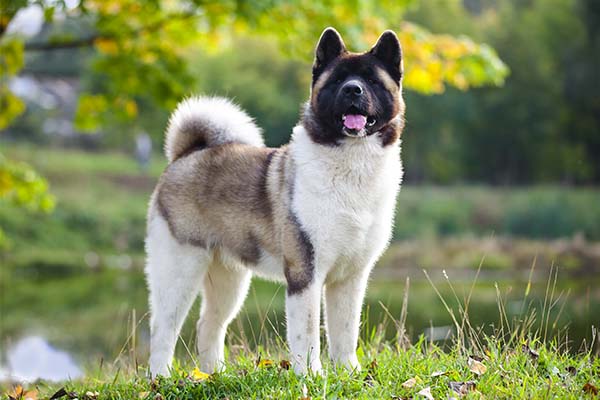
Akita is a noble, powerful breed with shared characteristics and ancestry with other similar breeds. These courageous, strong, loyal, and affectionate dogs have become popular pets in households, despite their thick double coats requiring maintenance. They can weigh over 100 pounds and were brought to the United States via airplanes after World War II. Akita quickly won the hearts of American soldiers and gained recognition in the US. While they are wary of strangers, these independent, quiet dogs are joyful when sharing their happy and affectionate side with their families.
3. Japanese Chin: A Royal Companion
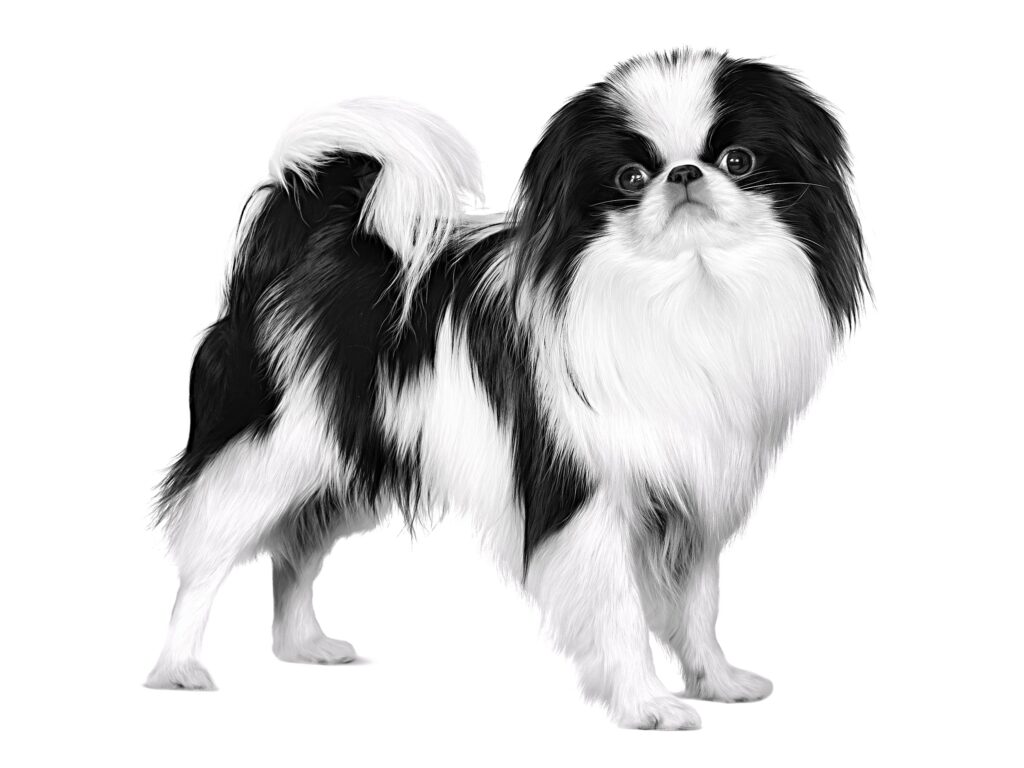
Though often referred to as Japanese spaniels or Chins, these elegant, charming dogs might have originated from Korea or China over 500 years ago. The Japanese aristocracy made these dogs popular, honoring them in their highest social circles. Weighing less than 10 pounds, these small, adorable dogs were gifted to foreign diplomats and other aristocrats to commemorate their service to Japan. “Chin” means “royal” in Japanese. They make excellent indoor companion dogs, possessing an unmistakably East Asian appearance similar to pugs or Shih Tzus.
4. Shikoku: The Mountain Hunter

Shikoku, also known as “Shikoku Inu” or “Kochi-ken,” is a native Japanese breed that was historically used for hunting. Japanese hunters highly valued them as game trackers, especially for wild boars. These dogs are known for their resilience, intelligence, and alertness. While passionate hunters, Shikoku dogs are also well-behaved with their owners.
5. Tosa Inu: The Supreme Fighter
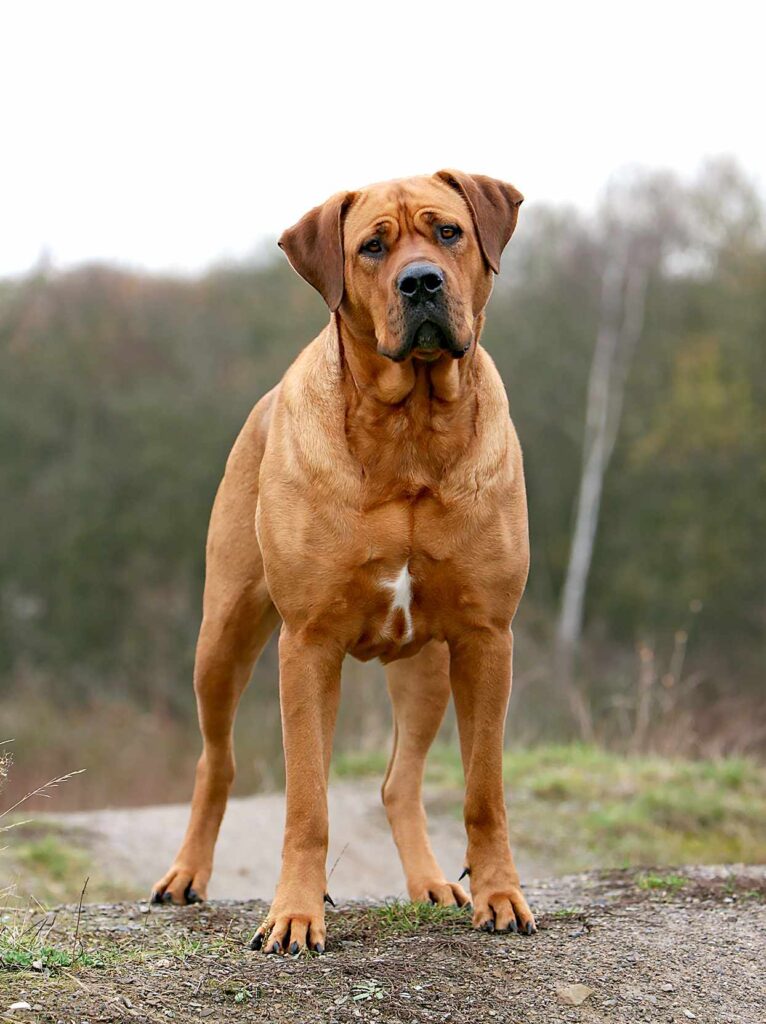
As the largest breed among Japanese breeds, Tosa Inu is a rare and noble mastiff breed bred for ultimate fighting. It hails from the Tosa region, where dog-fighting was an important sport and was revered. Tosa Inu is affectionate with its family but can appear distant with strangers. Their massive size, potentially reaching 200 pounds, led to their ban in several countries.
6. Hokkaido Inu: The Fearless Protector
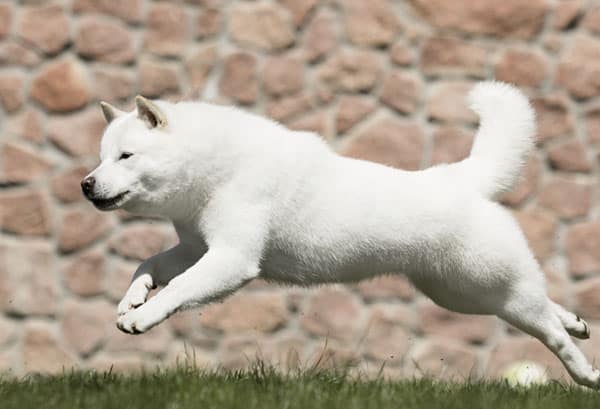
Considered one of the oldest and wildest breeds of native Japanese dogs, Hokkaido Inu is a courageous, athletic, muscular breed tasked with protection, hunting, and even snow sledding. They are highly rare outside Japan and are loyal and resilient companions. While friendly and affectionate with their family, they can be overly cautious with strangers if not socialized properly.
7. Kai Ken: The Mountain Sentry
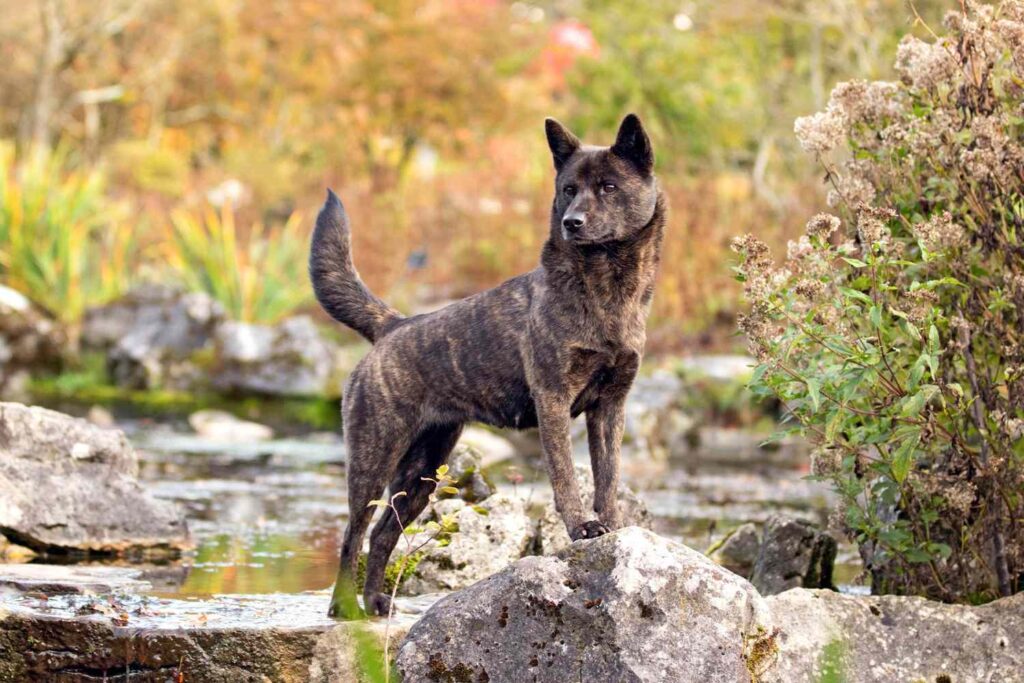
Kai Ken, another of Japan’s six native breeds, originates from the Kai mountains and was used for a variety of hunting roles. These intelligent dogs are eager to please their owners and are known for their loyalty and trustworthiness. They are courageous and agile, with the ability to climb trees and pursue prey from advantageous higher positions.
8. Ryukyu Inu: The Island Treasure
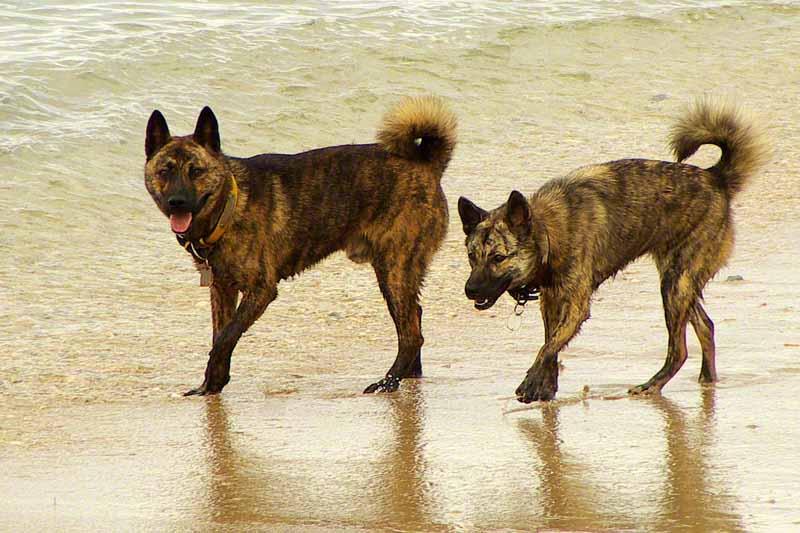
A rare breed, Ryukyu Inu hails from the southern islands of Japan (Okinawa) and is referred to as the “national treasure” of the region. Similar in appearance to the Kai Ken, their history is somewhat more mysterious. These dogs were bred to hunt wild boars and deer on the Japanese islands. Their unique claw structure allows them to climb trees and track prey from higher vantage points in the tropical forest.
9. Japanese Spitz: The Snow-White Playmate
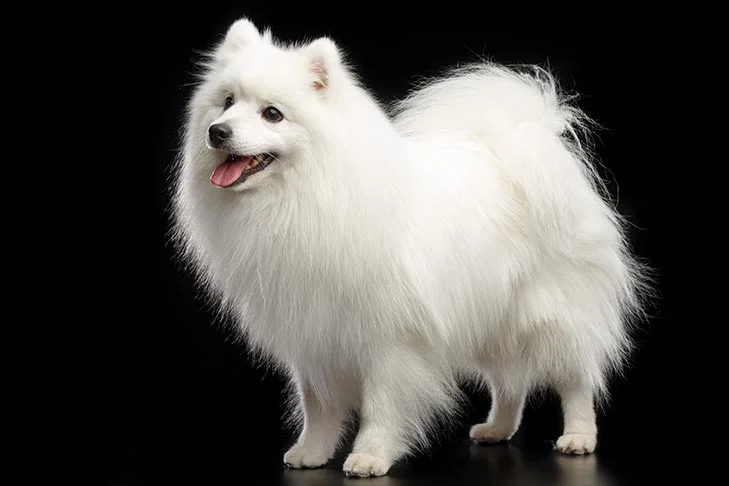
Developed in Japan during the 1920s and 1930s, the Japanese Spitz is a result of crossbreeding with various other Spitz breeds from Australia, Canada, China, Siberia, and the United States. While precise breeding details were destroyed during World War II, these dogs are known for their small, friendly, and joyful nature, sporting a beautiful white coat.
10. Kishu Ken: The Natural Remnant
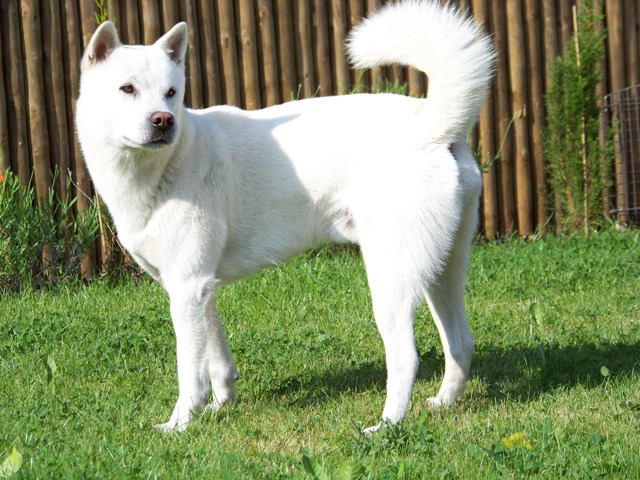
Kishu Ken, developed from medium-sized, robust dogs that roamed the mountains of Japan for centuries, was used for hunting boar and deer. These dogs are “gifts from nature” and were highly regarded in the Wakayama region. Their small, white form was preferred by hunters due to their visibility. These dogs, known for their endurance and resilience, have been cherished throughout history.
11. Japanese Terrier: The Energetic Friend

Around the 1700s, during the Edo period, a primitive British terrier was crossbred with native Japanese small breeds and eventually Italian greyhounds. By the 1900s, they were known as Kobe terriers, named after their habitat. Japanese Terriers today are a mix of these Kobe terriers with English toy terriers and Western terriers. They are still used for boar hunting and remain small, friendly, and agile companions.




















